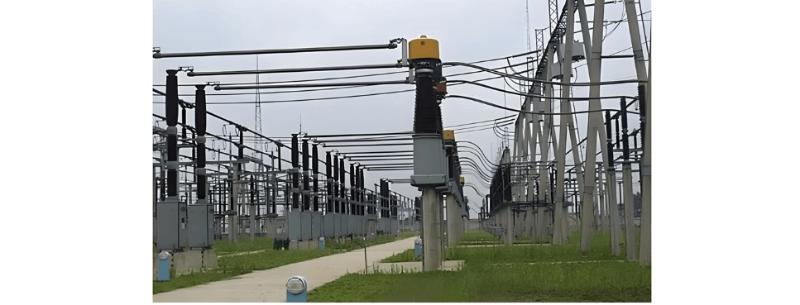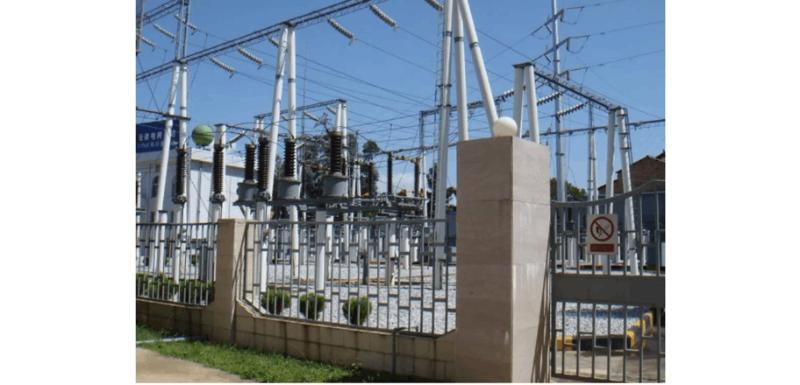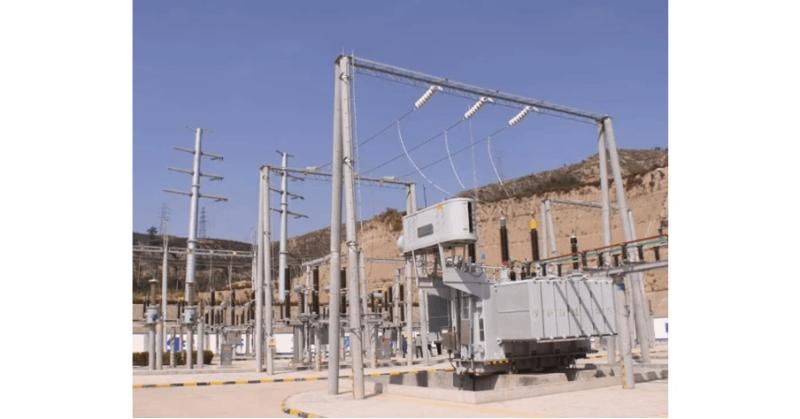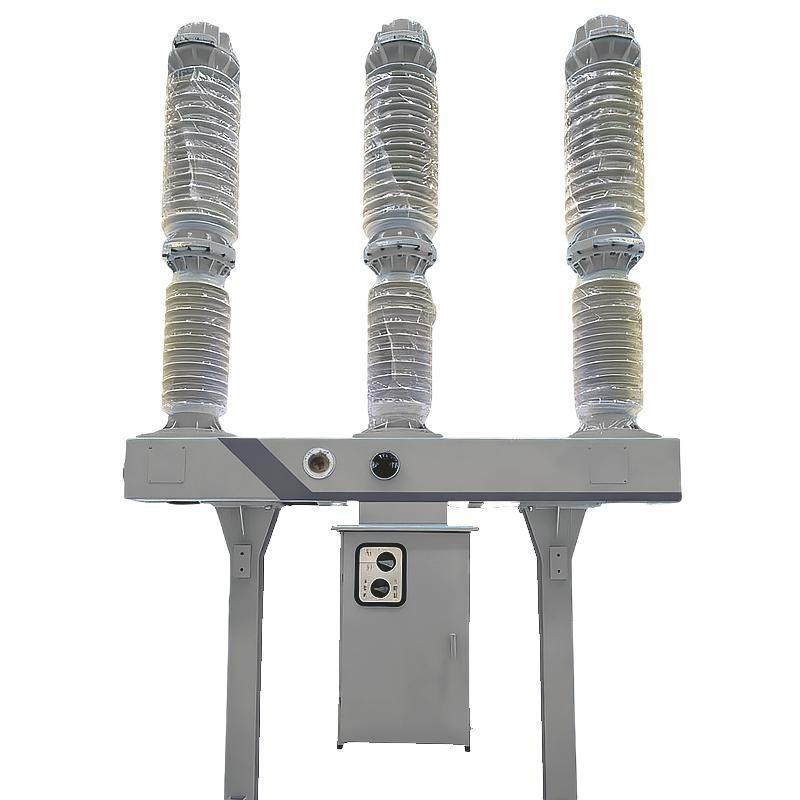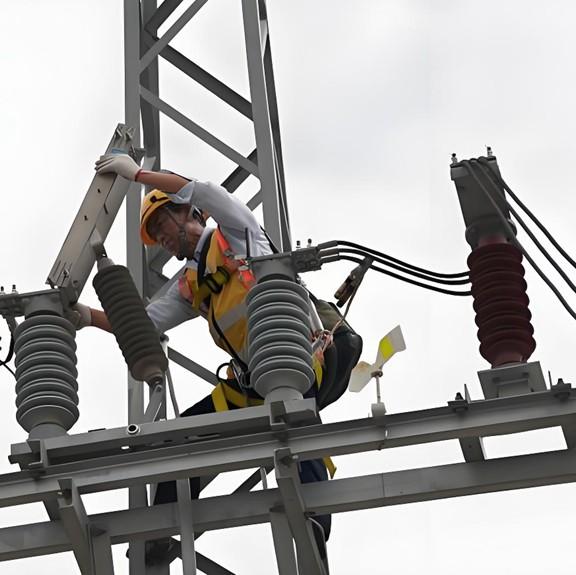- Product
- Suppliers
- Manufacturers
- Solutions
- Free tools
- Knowledges
- Experts
- Communities
Search
-
Безкоштовні інструменти
-
IEE Business пропонує безкоштовні інструменти з використанням штучного інтелекту для проектування електротехнічних систем та бюджетування закупівлі електроенергії: введіть параметри натисніть розрахувати отримайте миттєві результати щодо трансформаторів проводки двигунів вартості електрообладнання та більше довіряють інженери по всьому світу
-
-
Підтримка
-
IEE-Business підтримує провідні рішення бізнесів та експертів створюючи платформу де зустрічаються інновації та цінністьВидатні технічні знанняПриєднуйтесь і діліться технічними знаннями, щоб заробляти гроші від спонсорів.Відмінні бізнес-рішенняПриєднуйтесь та створюйте бізнес-рішення для заробітку від спонсорівВідмінні індивідуальні експертиПокажіть свої таланти спонсорам заробляйте на майбутнє
-
-
Спільнота
-
Створіть свій професійний співтовариствоЗнайдіть та зв’яжіться з колегами з галузі, потенційними партнерами та приймачами рішень, щоб розвивати свій бізнесРозширте свою особисту мережуПідключайтеся до представників галузі, потенційних партнерів та приймачів рішень, щоб прискорити свій розвиток.Відкрити більше організаційДосліджуйте цільові компанії, партнерів та лідерів галузі, щоб відкрити нові бізнес-можливості.Приєднатися до різноманітних спільнотБеріть участь у дискусіях, обміні галузевим досвідом і ресурсами, щоб збільшити свій вплив
-
-
Співпраця
Партнер
-
-
Приєднатися до програми партнерства IEE Business Partner ProgramЗахоплення росту бізнесу — від технічних інструментів до глобального розширення бізнесу
-
-
IEE Business
-
українська мова
-
- English
- Afrikaans
- العربية
- Azərbaycan dili
- български
- বাংলা
- Català
- Cebuano
- čeština
- Dansk
- Deutsch
- Ελληνικά
- Esperanto
- Español
- Eesti keel
- Euskara
- دری
- فارسی
- suomi
- Filipino
- français
- Gaeilge
- Galego
- Hausa
- עברית
- हिन्दी
- Hrvatski
- magyar nyelv
- հայերեն
- Bahasa Indonesia
- Íslenska
- Italiano
- 日本語
- ქართული
- Қазақ тілі
- ಕನ್ನಡ
- 한국어
- Kurdî
- Latina
- Latviešu valoda
- македонски јазик
- Bahasa Melayu
- Malti
- नेपाली
- Nederlands
- Norsk
- ਪੰਜਾਬੀ
- polski
- پښتو
- Português
- Русский язык
- සිංහල
- Slovenščina
- српски језик
- Svenska
- Kiswahili
- தமிழ்
- తెలుగు
- ไทย
- Tagalog
- Türkçe
- українська мова
- اردو
- Oʻzbek tili
- Tiếng Việt
-
Відмінні індивідуальні експерти
-
українська мова
-
- English
- Afrikaans
- العربية
- Azərbaycan dili
- български
- বাংলা
- Català
- Cebuano
- čeština
- Dansk
- Deutsch
- Ελληνικά
- Esperanto
- Español
- Eesti keel
- Euskara
- دری
- فارسی
- suomi
- Filipino
- français
- Gaeilge
- Galego
- Hausa
- עברית
- हिन्दी
- Hrvatski
- magyar nyelv
- հայերեն
- Bahasa Indonesia
- Íslenska
- Italiano
- 日本語
- ქართული
- Қазақ тілі
- ಕನ್ನಡ
- 한국어
- Kurdî
- Latina
- Latviešu valoda
- македонски јазик
- Bahasa Melayu
- Malti
- नेपाली
- Nederlands
- Norsk
- ਪੰਜਾਬੀ
- polski
- پښتو
- Português
- Русский язык
- සිංහල
- Slovenščina
- српски језик
- Svenska
- Kiswahili
- தமிழ்
- తెలుగు
- ไทย
- Tagalog
- Türkçe
- українська мова
- اردو
- Oʻzbek tili
- Tiếng Việt
-
Безкоштовні електричні калькулятори
Відмінні індивідуальні експерти










